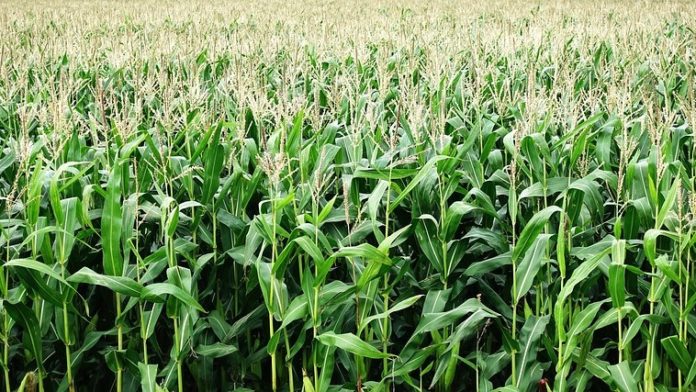Global agriculture is becoming increasingly dominated by a select number of crops despite the fact that overall crop diversity has also increased over the last six decades. The implications of this trend could mean greater threats to agricultural stability and a negative impact on food that is culturally significant.
The findings are part of a study from the University of Toronto, which states that just short of 50% of global agricultural lands are used for four crops — wheat, soya, maize, and rice. A total of 152 other crops compose the rest of the land’s makeup.
Lack of genetic diversity could render global agriculture deeply vulnerable
In the paper, the massive upsurge in global crop diversity that took place in the 1980s is cited as a major part of the issue. During this time, global crop diversity exploded, as an unprecedented number of crops began being produced on an industrial scale all over the world.
By the ’90s, this diversity began to roll away as the cash crops grew ever more dominant. Today, we have a situation where even though overall global crop diversity has increased since the start of the study period (which ranges from 1961-2014), the commercially lucrative few are edging out variety at a regional level.
“Farms in different regions around the world are starting to look more and more similar, or are becoming more ‘homogenized’ in terms of crop composition,” says lead author Adam Martin.
Genetically speaking, this homogenization is akin to having all of one’s eggs in one basket. There is a greater risk of devastating pestilence or disease breaking out amongst crops with fewer genetic lineages.
The problem is amplified by the fact that even within individual crops, there is little in the way of genetic diversity. Martin used the example of corn production in North America, where only six genotypes make up half of all corn crops.
“What we’re seeing is large monocultures of crops that are commercially valuable being grown in greater numbers around the world,” says Martin.
“So large industrial farms are often growing one crop species, which are usually just a single genotype, across thousands of hectares of land.”
Supporting local small-scale farmers may be best for preserving regional diversity
Another problem stems from the effects this trend will have on local cultures. Food is an integral part of cultures the world over, but they may now be threatened by hiked prices or the unavailability of crops important to local tradition.
“If regional crop diversity is threatened, it really cuts into people’s ability to eat or afford food that is culturally significant to them,” says Martin.
The authors frame the increasing homogenization of crops as a product of the Anthropocene, a proposed title for the current epoch based on the immense impact humans have had on the planet. Transplanting crops away from their points of origin and mass producing them on a global scale is described by the team as a “unique feature” of the Anthropocene.
In terms of a solution, they point to government policies which favour the cultivation of cash crops as important drivers of homogenization. Influencing politicians to shift policy away from a solely economics-based approach to one that takes the interests of the planet and people into account is therefore vital.
“Political and financial support for small-scale farmers, especially in developing regions of the world, would represent a major step in conserving the world’s crop diversity,” says Martin.





































